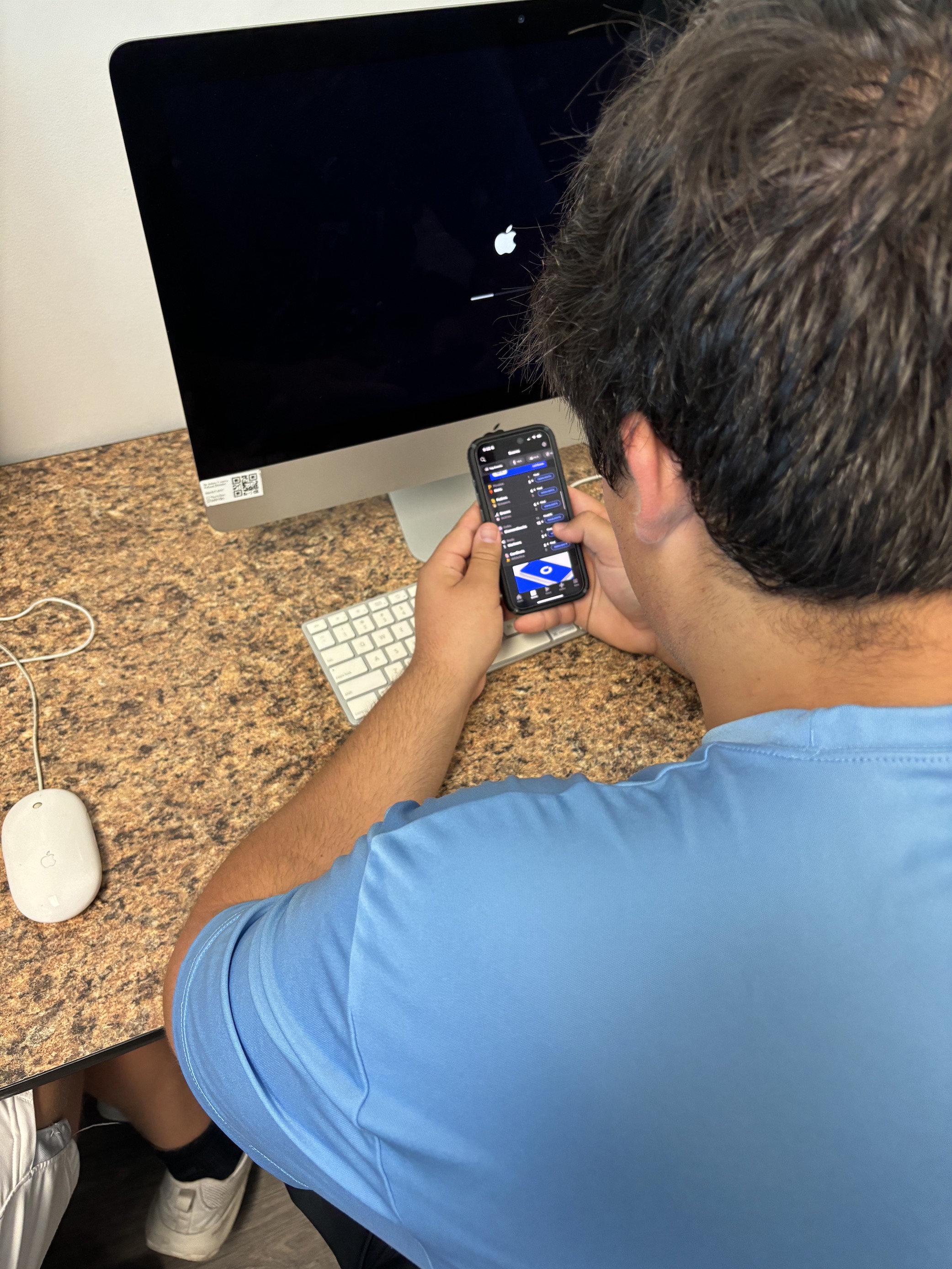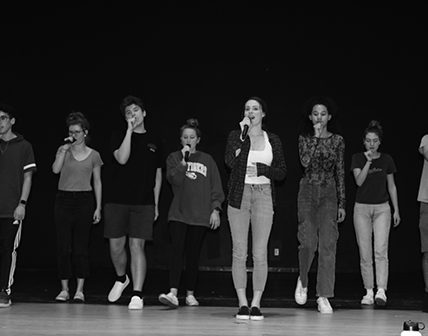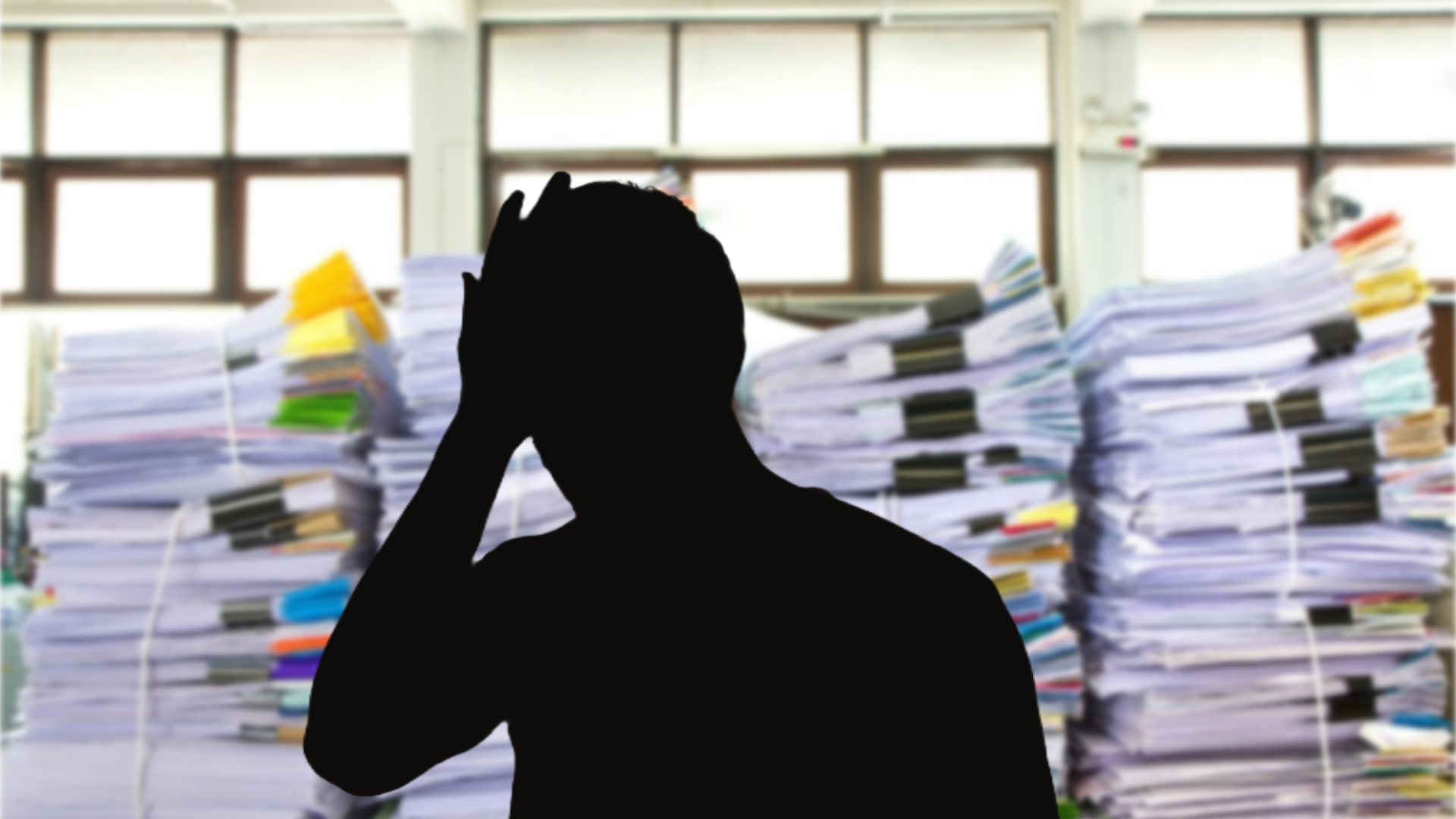By Dylan McAdoo
As March approached, so did the madness – March Madness. But the game affects more than just the basketball courts; March Madness also leaks into high school classrooms. For most students, the thrill associated with March Madness can either distract them or lead to great inspiration in their academic lives. The tournament has an impact because there are talks and debates on current issues in classes. Nonetheless, this usually carries a consequence regarding academic life and the nature of learning at school.
One common effect of March Madness on teenagers is a loss of attention span and focus during lessons. When brackets are being filled out and preferred teams are being cheered for, pupils may take mental vacations from equations in algebra or historical events. Checking scores or discussing highlights of games with friends can be irresistible for many students; hence, they reduce involvement and productivity within lessons. Jake Hilley, a junior at Ponte Vedra High School, said, “throughout the round of 64 I definitely felt myself wanting to check the scores and whenever I would get the chance, I would try to watch the games while in class.”
Educators also face a massive challenge by the games being scheduled during school hours. Many important matches frequently occur during break times, meaning that instructors must balance maintaining scholarly strictness while acknowledging student enthusiasm for the tournament. Teachers across all schools add March Madness themes to their lesson plans using statistics and brackets as learning resources. Others, however, compete against the tournament for their students’ attention. Ms. McCarley, a science teacher at PVHS said, “the way I take care of the loss of focus due to the March Madness games is I make my student put up their phones so it’s not even an issue, but if my students get all of their work done then I let them get their phones back to watch the games.”
“The way I take care of the loss of focus due to the March Madness games is I make my student put up their phones so it’s not even an issue, but if my students get all of their work done then I let them get their phones back to watch the games.”
Ms. McCarley (PVHS Teacher)
However, despite these hurdles, March Madness also provides distinct opportunities for learning and involvement. For sports fanatics, the competition brings real-life numbers into focus, such as probability and statistics. Discussing team performance, calculating odds, and predicting outcomes can evolve classroom conversations into dynamic critical thinking and problem-solving exercises. Carson Evanger a junior at PVHS said, “I would definitely feel more engaged in class and feel more connected to the lesson if it was March Madness based, as long as it doesn’t come at a loss of me learning from all the material.”
Moreover, March Madness is a cultural phenomenon that transcends different communities and goes beyond just sport. Pupils from diverse backgrounds unite in this excitement, creating a sense of togetherness within schools, which fosters bonding. Whether cheering on an underdog or debating which strategies are right among people participating, March Madness creates a shared experience that breaks traditional boundaries. Ashtan Augusta a junior at PVHS said, “I will definitely be talking to my buddies about March Madness whether it’s some trash talk or agreeing on the same thing we will have to wait and see.”
March Madness has many sides of affecting high school students’ learning patterns. Although there are concentration challenges and classroom dynamics issues, it presents avenues to get creative with ideas, think critically, and build better friendships together with other students in the class. While educators take on March Madness, they must be careful not to let it disrupt their classrooms but rather take advantage of students passion for the game to have an educationally affective tournament.
Pictured: A PVHS student looking at march madness scores during class





